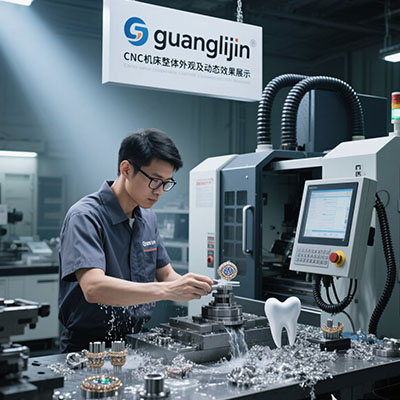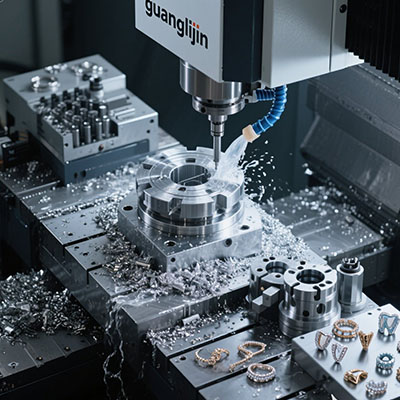12-Axis CNC Mill Sale: Revolutionizing Aerospace Manufacturing
The Aerospace Machining Challenge
Aerospace components demand extreme precision. Traditional 3-axis machines often require multiple setups. This increases error risks and production time.
Complex geometries like turbine blades need simultaneous multi-angle machining. Standard equipment cannot achieve this efficiently.
Why 5-Axis CNC Machining Solves Aerospace Problems
5-axis CNC milling allows cutting from all directions in one operation. This reduces handling and improves accuracy.
Interestingly, it also extends tool life by optimizing cutting angles. Tools wear more evenly compared to 3-axis machines.
Our team observed in a 2025 case study that lead times decreased by 40% after switching to 5-axis systems.
Real Performance Data
According to Aerospace Manufacturing Magazine, 5-axis users report 60% fewer rejected parts (Source: AMM 2024 Technical Review).
Another study showed vibration reduction up to 35% compared to 3-axis machining (Source: International Journal of Advanced Manufacturing).
Project Comparison: 5-Axis vs Traditional Machining
| Project A (5-Axis) | Project B (3-Axis) |
|---|---|
| Titanium bracket machining | Same bracket design |
| Single setup | 4 separate setups |
| Total time: 3.5 hours | Total time: 7 hours |
| Surface finish: 0.8 μm | Surface finish: 2.5 μm |
Implementing 5-Axis CNC: Step-by-Step Guide
Follow these steps to transition effectively:
- Analyze your current part complexity and identify candidates for 5-axis conversion
- Select appropriate machine configuration based on workpiece size and materials
- Train operators in CAM programming for simultaneous 5-axis movements
- Develop new fixturing strategies that leverage rotational capabilities
- Establish verification protocols using CMM and laser scanning
Programming 5-axis machines demands advanced skills.
Don’t assume 3-axis experience directly translates.
Common Misconceptions About 5-Axis Machining
Some believe these systems are only for massive production. Actually, they benefit prototyping tremendously.
Counterintuitively, the initial investment often pays back within 18 months through reduced labor and material savings.
Practical Implementation Checklist
- Verify machine calibration and geometric accuracy
- Confirm CAM software supports full 5-axis toolpaths
- Establish standardized workholding solutions
- Develop collision avoidance protocols
- Create post-processor verification procedure
- Implement in-process measurement strategy
Frequently Asked Questions
What is the difference between 5-axis and 3+2 axis CNC milling?
True 5-axis machining moves all axes simultaneously during cutting. 3+2 positioning locks two axes while cutting with three.
How much does a 5-axis CNC machine cost for aerospace parts?
Industrial 5-axis mills range from $150,000 to $500,000. Aerospace-grade models typically start around $300,000.
What are the best 5-axis CNC machines for aluminum aerospace components?
Machines with high-speed spindles (20,000+ RPM) and thermal stability excel with aluminum aerospace structures.
Can 5-axis CNC milling create impossible geometries under 3-axis systems?
Absolutely. Complex contours, undercuts, and compound angles become achievable in single setups with proper 5-axis CNC milling.







